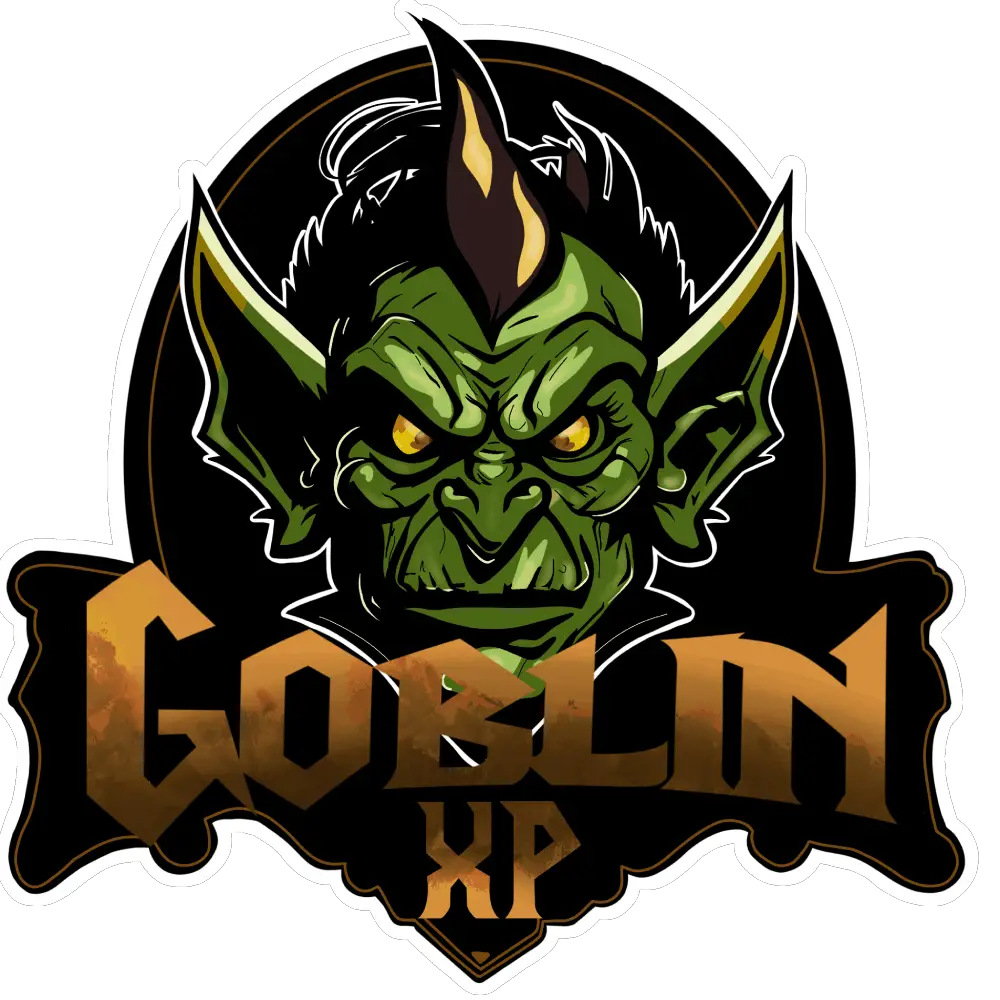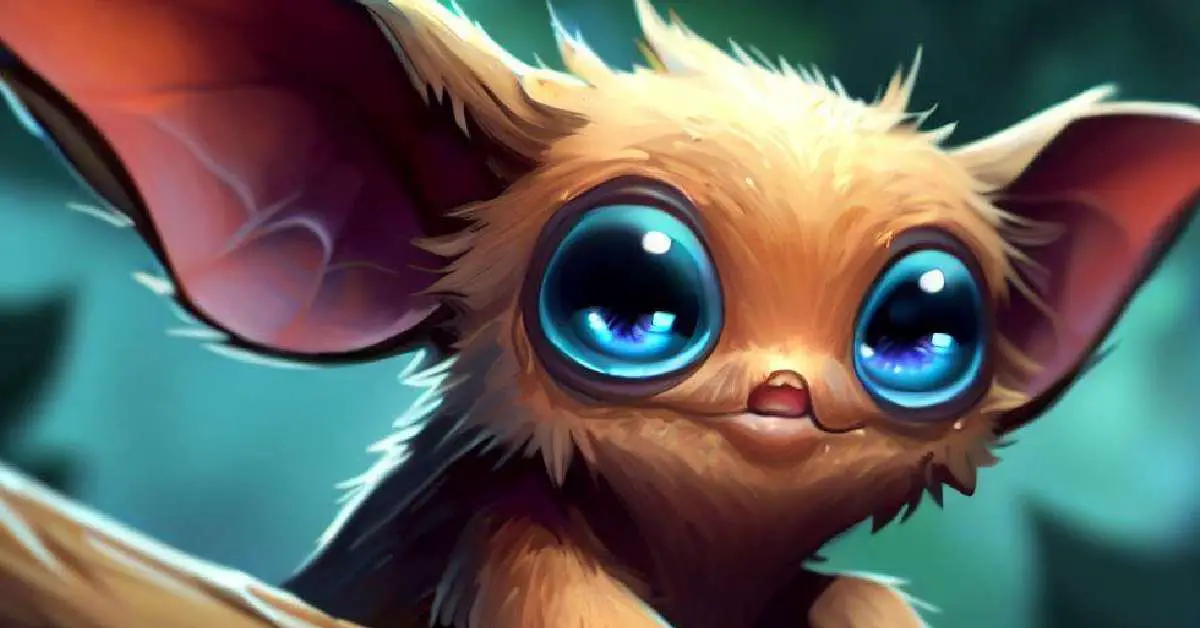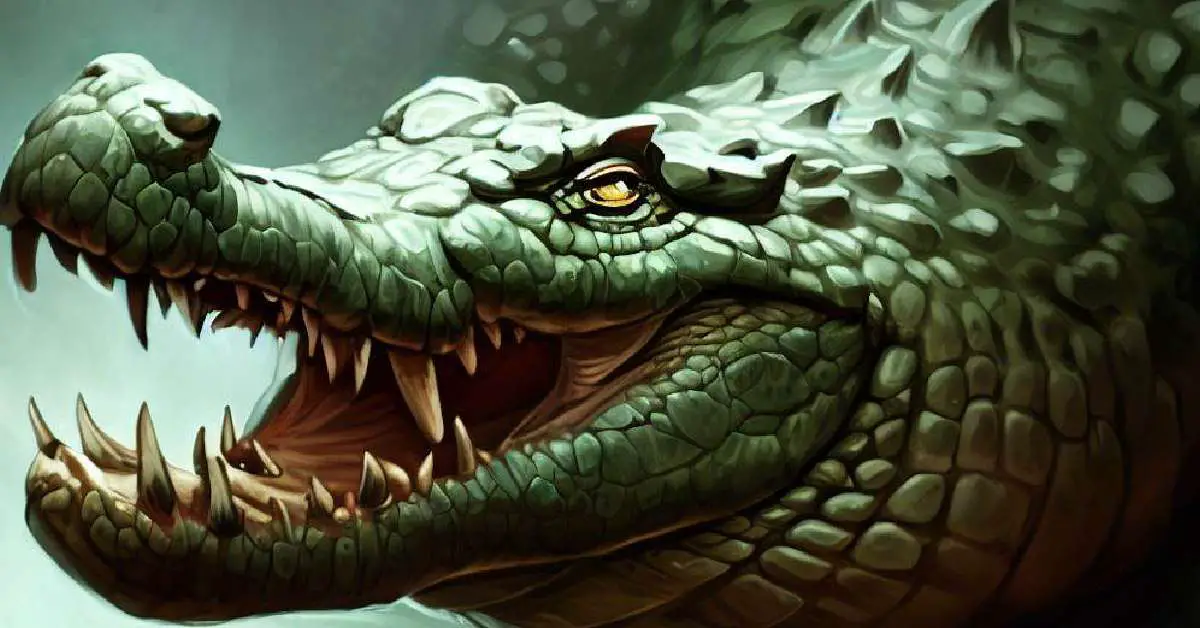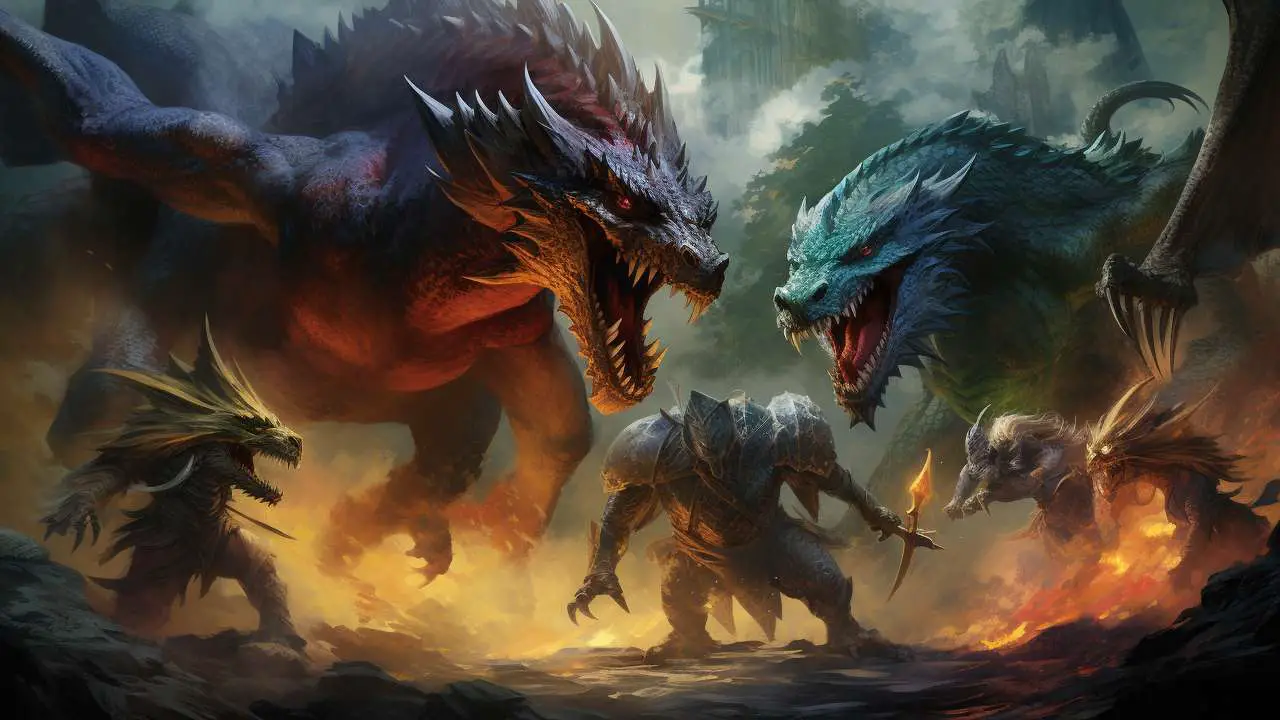
Welcome to the world of Dungeons and Dragons (D&D) 5e, a realm of epic adventure, fierce battles, and diverse beasts. As an adventurer or Dungeon Master (DM), understanding these creatures’ abilities and attributes is key. With an array of diverse creatures in the D&D universe, it can seem like a daunting task to sift through them all. But don’t worry – we’ve got you covered! In this comprehensive guide, we will delve into all D&D 5e beasts, broken down by Challenge Rating (CR).
Understanding Challenge Rating (CR)
Challenge Rating (CR) is an essential concept in D&D. It’s a quick reference point to assess the relative danger a creature poses to a party of adventurers. The higher the CR, the more formidable the beast. A beast’s CR should be seen as a guideline, not an absolute rule. Many factors, such as party composition, the environment, and how a DM chooses to play the beast, can impact the difficulty of an encounter.
CR 0 Beasts
At CR 0, we have creatures that are generally harmless unless under specific circumstances or in large groups. This category includes:
- Bat
- Cat
- Crab
- Deer
- Eagle
- Frog
- Hawk
- Owl
- Rat
- Weasel
These beasts, while not particularly dangerous, can serve other purposes in your game. They can be used as companions, pets, or familiars, and sometimes can provide utility or role-play opportunities.
CR 1/8 Beasts
Taking a small step up, CR 1/8 beasts can pose a minor threat or serve as a nuisance. These beasts include:
- Blood Hawk
- Camel
- Flying Snake
- Giant Rat
- Giant Weasel
- Mastiff
- Mule
- Poisonous Snake
- Stirge
While these creatures may not offer a significant challenge in combat, their unique traits can be used to create interesting scenarios or even as familiars for those with the ability to acquire them.
CR 1/4 to 1 Beasts
In this range, the beasts start becoming more combat-oriented. Here are some examples:
- Axe Beak (CR 1/4)
- Boar (CR 1/4)
- Constrictor Snake (CR 1/4)
- Draft Horse (CR 1/4)
- Elk (CR 1/4)
- Giant Badger (CR 1/4)
- Giant Bat (CR 1/4)
- Giant Centipede (CR 1/4)
- Giant Frog (CR 1/4)
- Giant Lizard (CR 1/4)
- Giant Owl (CR 1/4)
- Giant Poisonous Snake (CR 1/4)
- Giant Wolf Spider (CR 1/4)
- Panther (CR 1/4)
- Riding Horse (CR 1/4)
- Wolf (CR 1/4)
Climbing to CR 1, we have:
- Brown Bear (CR 1)
- Dire Wolf (CR 1)
- Giant Eagle (CR 1)
- Giant Spider (CR 1)
- Giant Toad (CR 1)
- Tiger (CR 1)
These creatures offer varied and intriguing encounters for your players. They often possess unique abilities, adding more depth and strategy to the gameplay.
CR 2 to 4 Beasts
As we ascend the CR scale, the beasts become increasingly challenging, possessing more potent abilities and higher health pools. Here’s a look at beasts in the CR 2 to CR 4 range:
CR 2 beasts include:
- Allosaurus
- Giant Constrictor Snake
- Giant Elk
- Hunter Shark
- Polar Bear
- Rhinoceros
- Saber-Toothed Tiger
- Swarm of Poisonous Snakes
Taking a leap to CR 3, we have:
- Ankylosaurus
- Giant Scorpion
- Killer Whale
Finally, at CR 4:
- Elephant
- Giant Crocodile
- Giant Shark
These beasts are significantly more powerful, offering greater threats and opportunities for your party to strategize and cooperate to overcome their challenges.
CR 5 to 10 Beasts
Entering the realm of high-stakes battles, the beasts within the CR 5 to 10 range are truly formidable:
CR 5 beasts:
- Brontosaurus
- Hulking Crab
- Triceratops
CR 6 beasts:
- Mammoth
CR 7 and beyond, the creatures are exceedingly rare but terrifying:
- Giant Ape (CR 7)
- Tyrannosaurus Rex (CR 8)
Encounters with these beasts can become pivotal points in your campaigns, requiring both strategy and courage from your party.
CR 10+ Beasts
For CR 10 and above, there are no beasts. However, that doesn’t mean they won’t exist in future supplements!
A Closer Look at Select Beasts
To get a better sense of the breadth and variety of beasts in D&D 5e, let’s highlight a few.
- The Giant Ape (CR 7): These massive creatures can pose a significant threat due to their strength and size. They possess powerful attacks and have high hit points, making them a formidable adversary.
- The Tyrannosaurus Rex (CR 8): The T-Rex is one of the most feared creatures in D&D. Its multiattack ability and high hit points make it a formidable challenge for even the most experienced parties.
- The Giant Crocodile (CR 5): Giant Crocodiles are ambush predators. Their ‘Hold Breath’ and ‘Swallow’ abilities make them deadly in and around bodies of water.
Each of these creatures provides unique challenges and opportunities for thrilling encounters. Knowledge of these beasts can significantly enhance your D&D adventures. And remember, while beasts can provide combat encounters, they also can provide narrative points, environmental challenges, and potential allies.
As you explore the world of D&D, remember that the beasts you choose to include in your campaigns can significantly shape your story. Whether they serve as formidable adversaries, beloved pets, or majestic wonders, they add depth and immersion to the D&D experience.
Remember, always refer to the official books for accurate and extensive details on each beast. This guide is intended to provide an overview and streamline your D&D planning and gameplay.
Beasts as Allies
In addition to being obstacles or enemies, beasts can also serve as allies or companions in your campaign. Rangers can choose beasts as their companions, and spells like ‘Find Familiar’ or ‘Conjure Animals’ can summon beasts to aid the party. The warlock’s Pact of the Chain feature allows for some beasts to be chosen as familiars, granting unique benefits.
Beasts in World-Building
Creatures of different CRs can inhabit different parts of your world, affecting the environment and how your players interact with it. For instance, a forest inhabited by high CR beasts like Giant Apes or a Tyrannosaurus Rex will feel significantly different from one inhabited by lower CR creatures like Giant Spiders or Wolves. These elements can significantly impact your world-building, adding depth and making the environment feel more dynamic and alive.
Creativity and Adaptation
Finally, remember that as a DM, you’re not strictly limited to the beasts as they’re presented in the books. Feel free to customize these creatures or even create your own to better fit your campaign’s narrative and provide fresh, unexpected challenges for your players. Adding variations to beasts, like a pack of Dire Wolves led by an unusually intelligent alpha, can provide intriguing plot points and encounters.
In conclusion, the world of D&D 5e offers a wide array of beasts, each with its own unique characteristics, that can enrich your gameplay. Understanding these creatures and their abilities can add layers of depth to your narrative and provide challenging, memorable encounters for your players. So whether you’re a seasoned DM or a newcomer to the game, make the most of these diverse creatures to enhance your D&D adventures. Remember, the only limit is your imagination!
